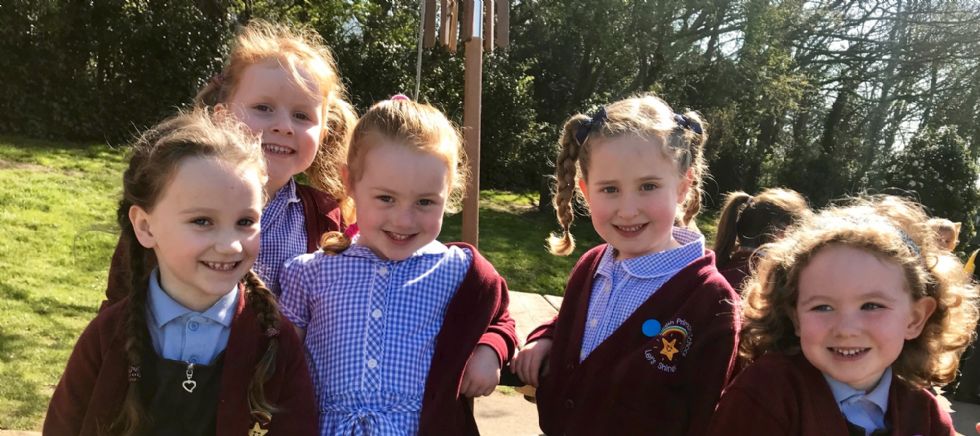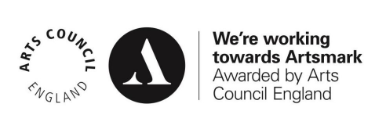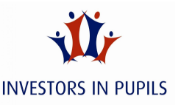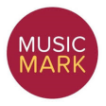Art
Art, craft and design embody some of the highest forms of human creativity.
A high-quality art and design education should engage, inspire and challenge pupils, equipping them with the knowledge and skills to experiment, invent and create their own works of art, craft and design.
As pupils progress, they should be able to think critically and develop a more rigorous understanding of art and design. They should also know how art and design both reflect and shape our history, and contribute to the culture, creativity and wealth of our nation.
Art Curriculum Aims
Art is an essential part of our broad and balanced curriculum, which encourages children to work to the fullest extent of their capabilities. The curriculum has been developed to ensure that the children experience a range of skills that have meaningful links and context within each year’s termly themes, ensuring progress through the Key Stages. Art is important in our school as it provides a means of exploring creativity as well as enabling children to express their thoughts, feelings and experiences.
Art Key Concepts
These concepts underpin the ethos and overview of the school and reflect our key values. We will use these key concepts when measuring progress across the year groups. These concepts are:
- Colour – Children will explore colour theory: primary, secondary and tertiary. How colour hues effect how we perceive them, how colours interact with each other and the feelings and emotions we associate with certain colours.
- Line – short or continuous marks made with a variety of tools and media. These can be straight, curved, broken or continuous, thick or thin. They can also determine the motion, direction and energy of the artwork.
- Shapes – Shapes can be created in many ways but are usually created by enclosed area with an outline. They can also be made by using a variety of lines are shapes.
- Texture – Describes how something feels. This could be in 3D surfaces or how it is represented in 2D by how the materials have been used.
- Observation – The first step of being an artist! Studying objects in detail, but also looking at things from different perspectives and angles. Looking at the space around, texture, colour, lines and how things appear to the viewer including smell, touch and sound. This then can be used to make a product of what they sense and experience.
- Reflection – Reflecting on their work and the work of others. Exploring their experiences and experiences of others and how this has made an impact on the people and world around them.








